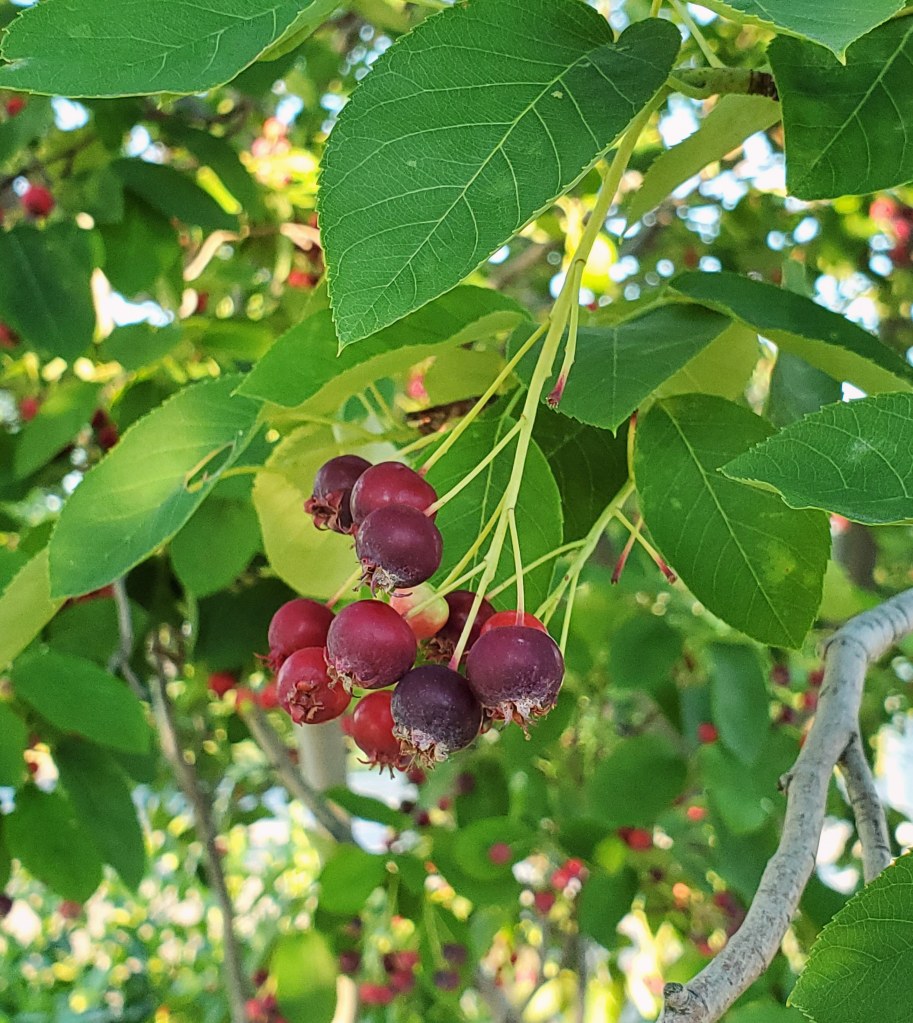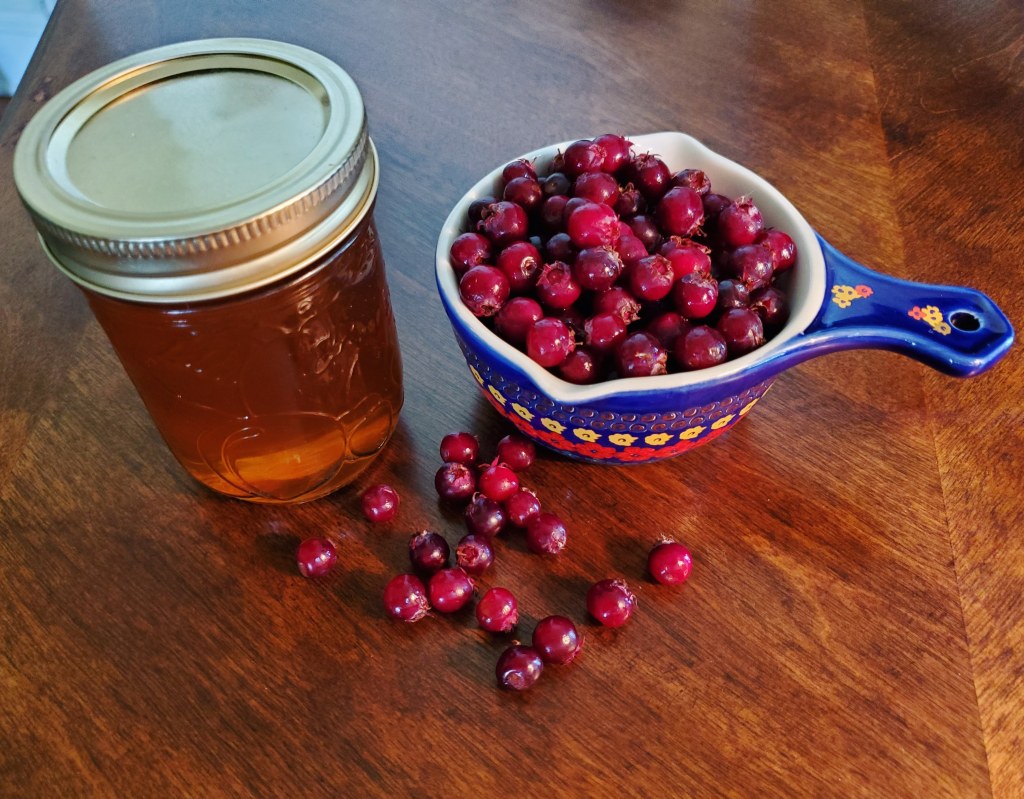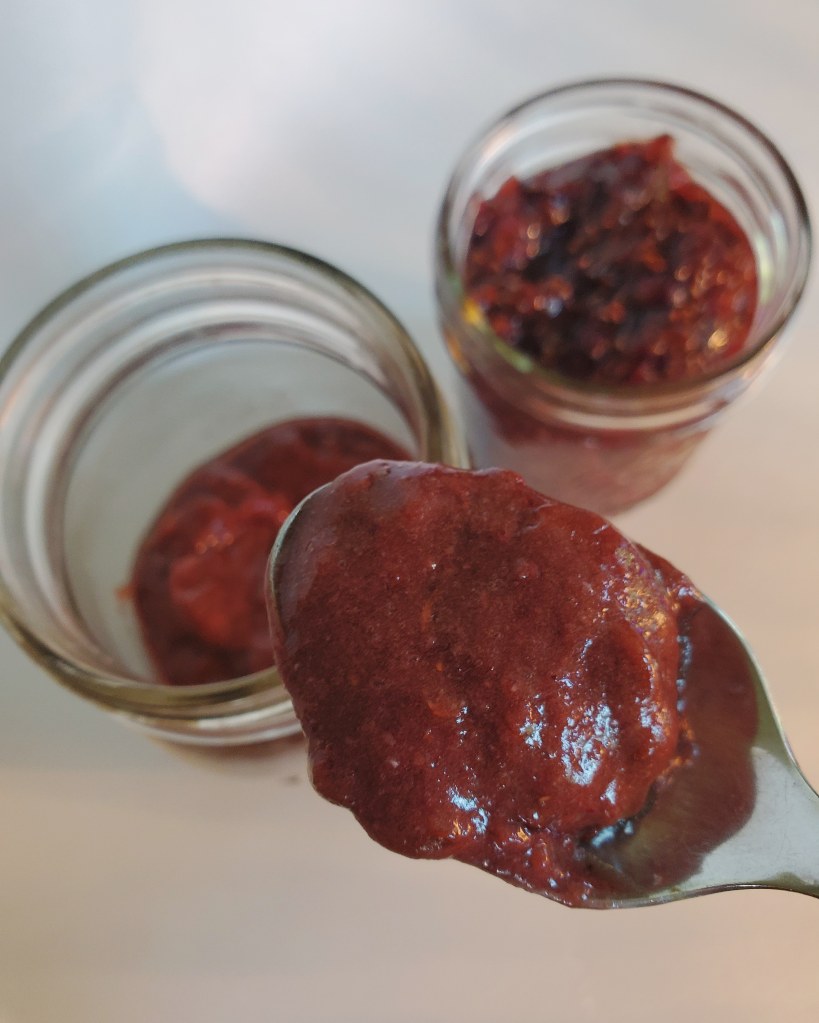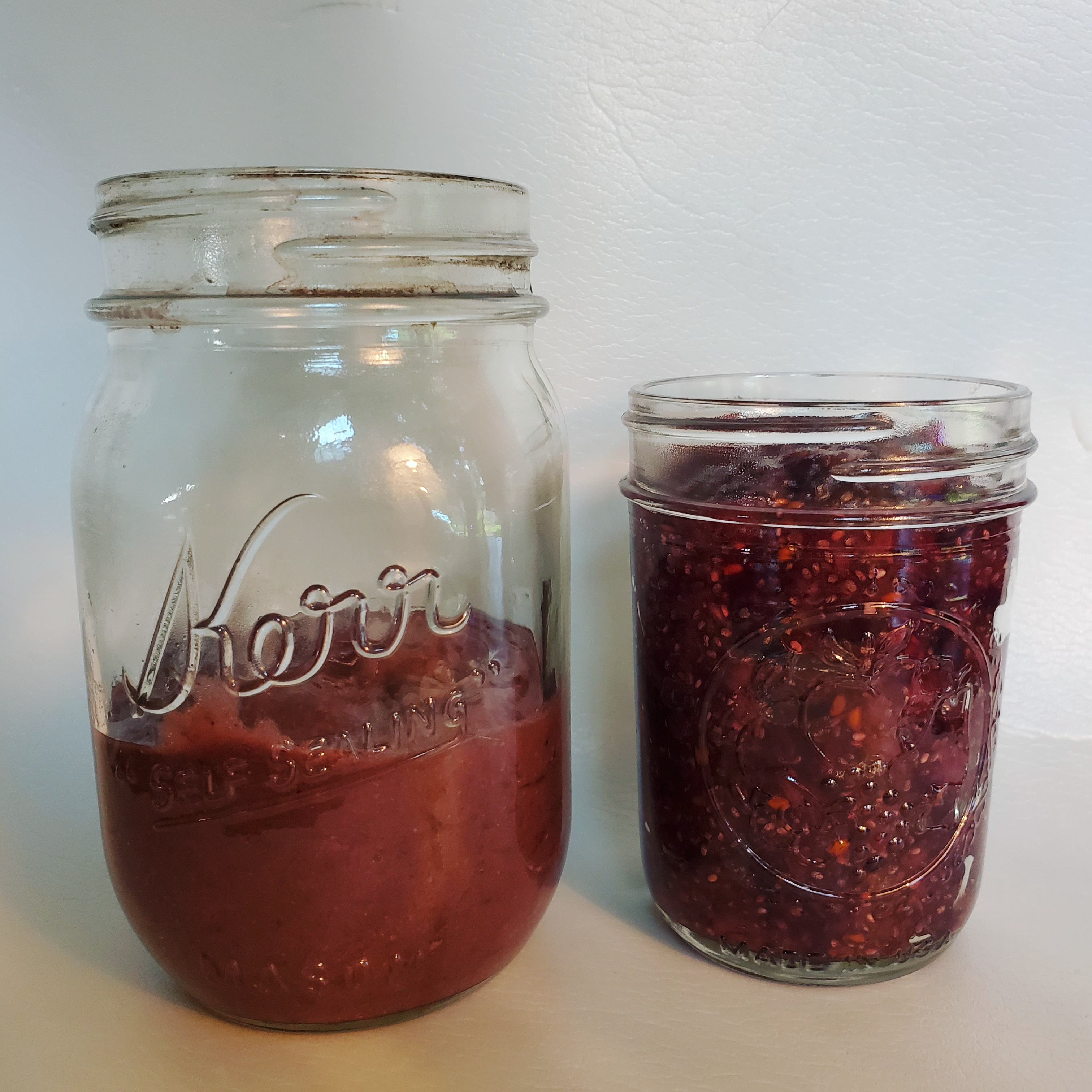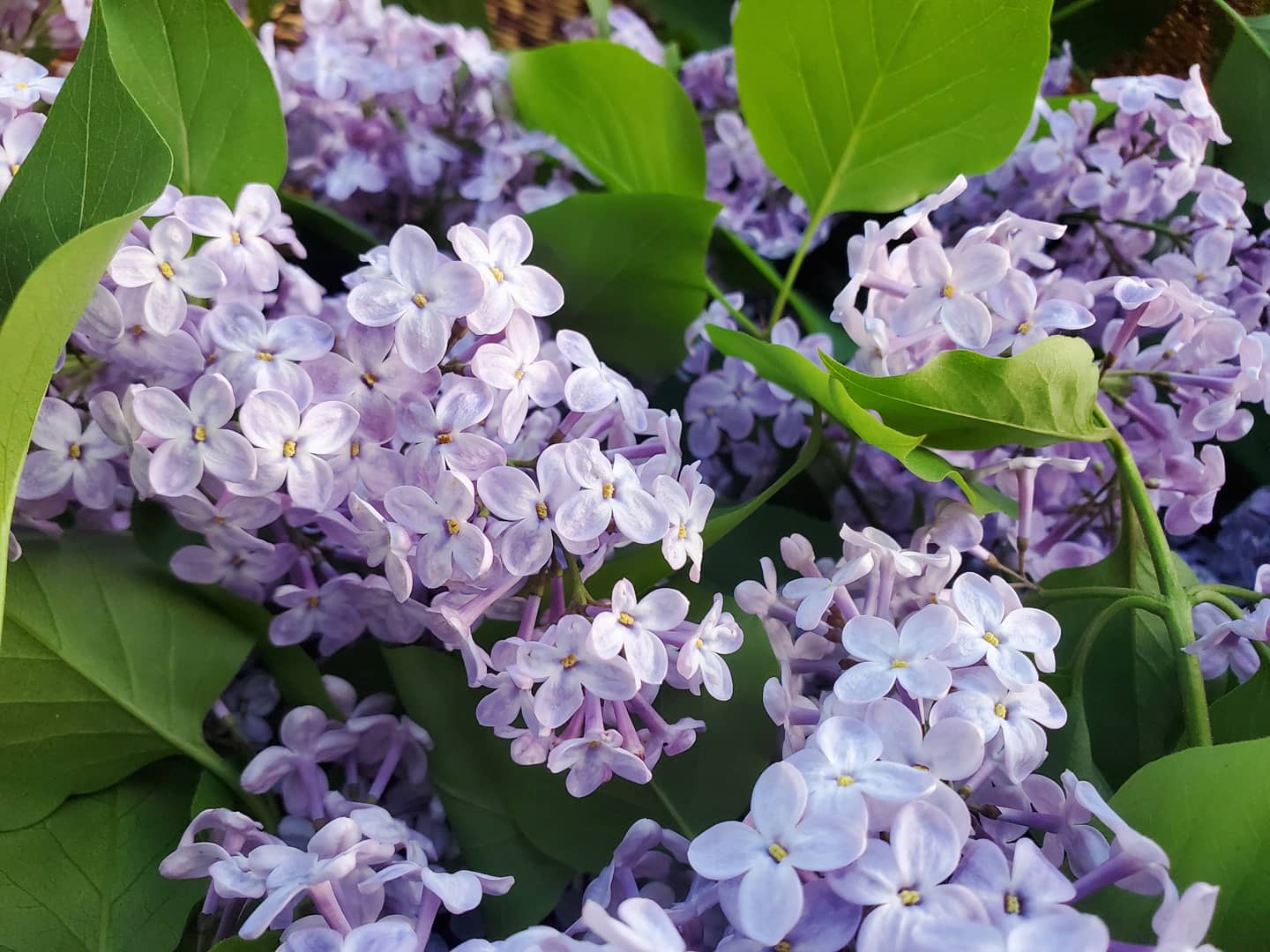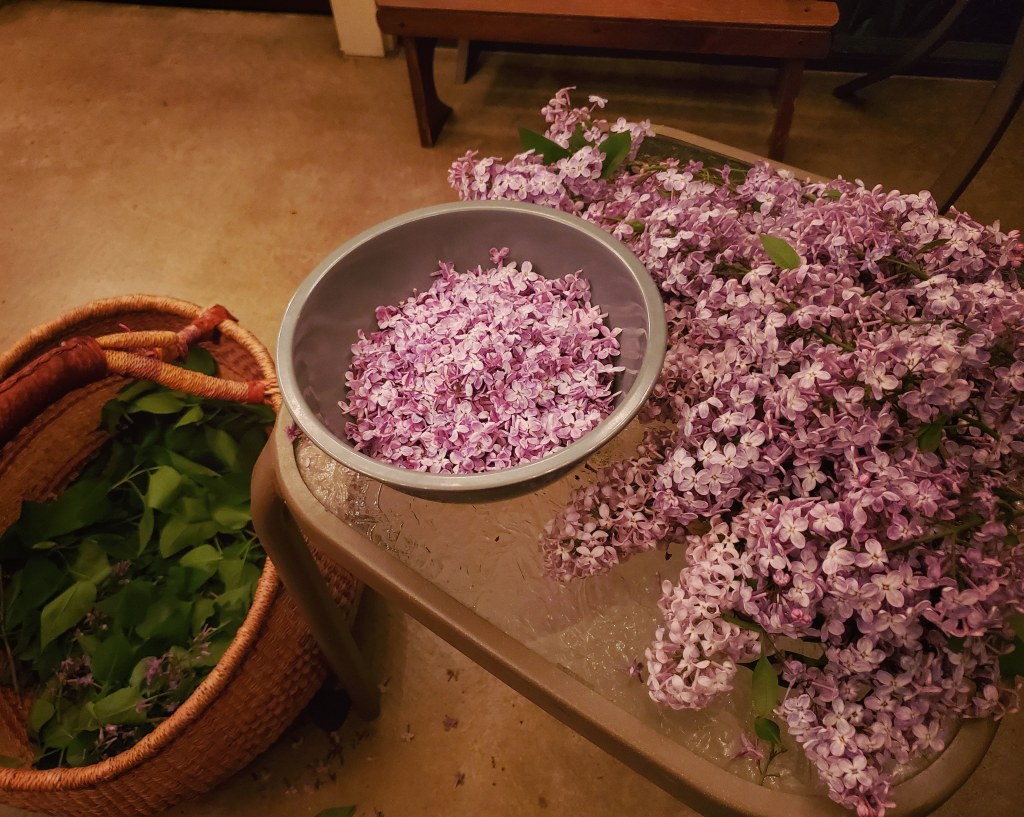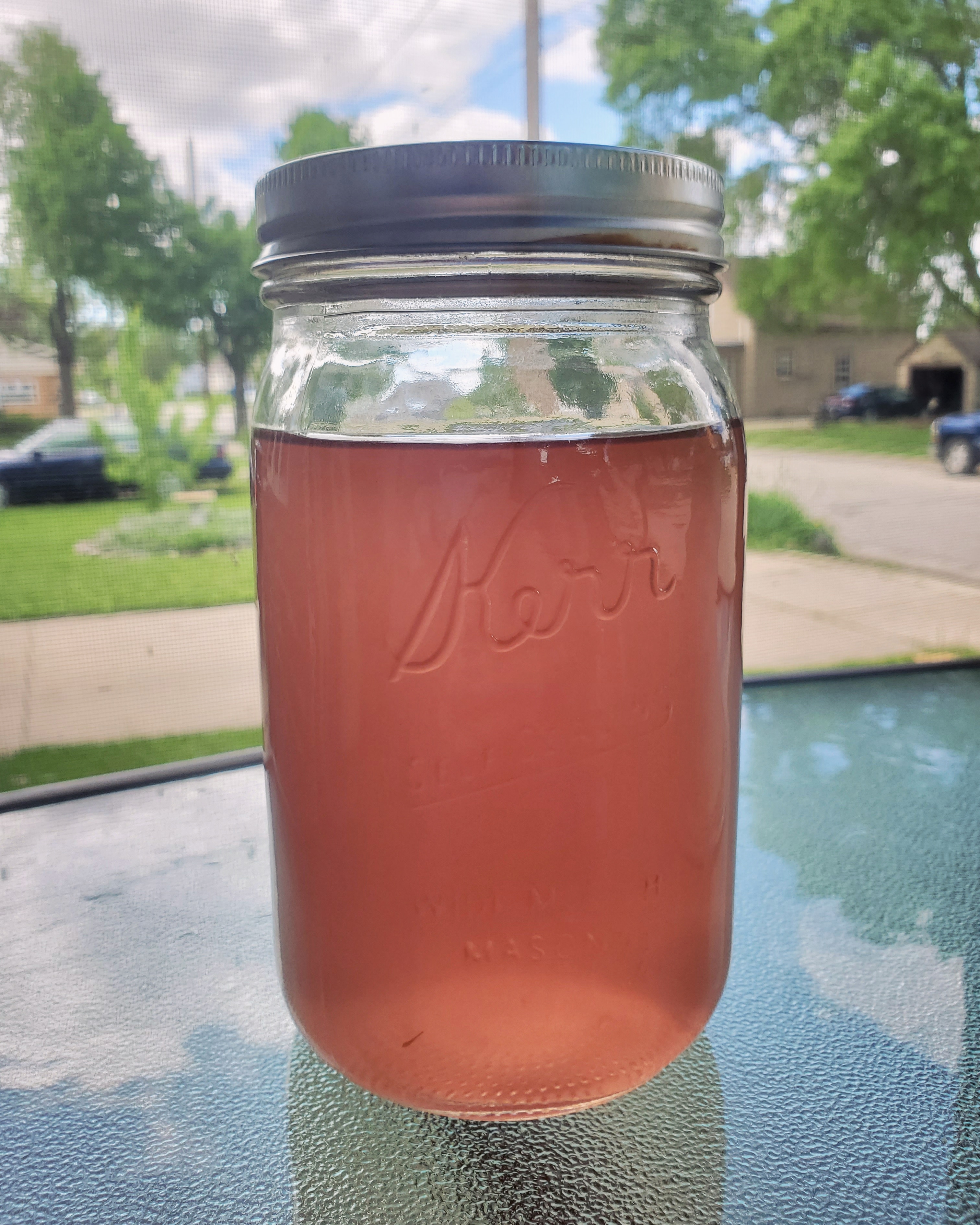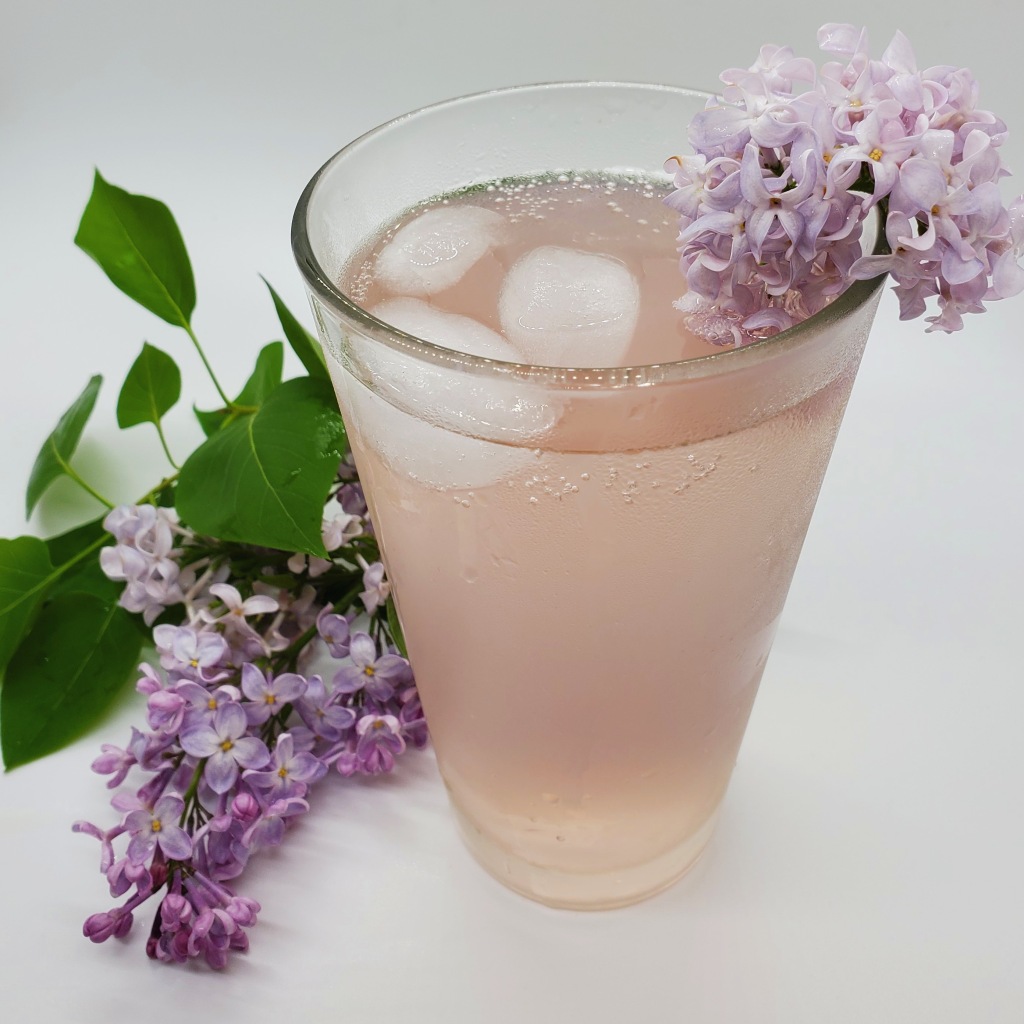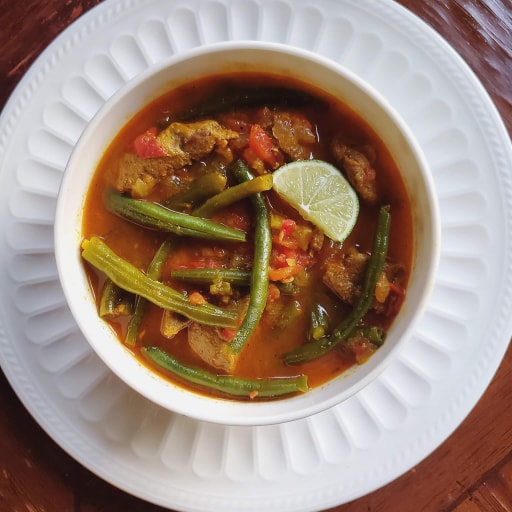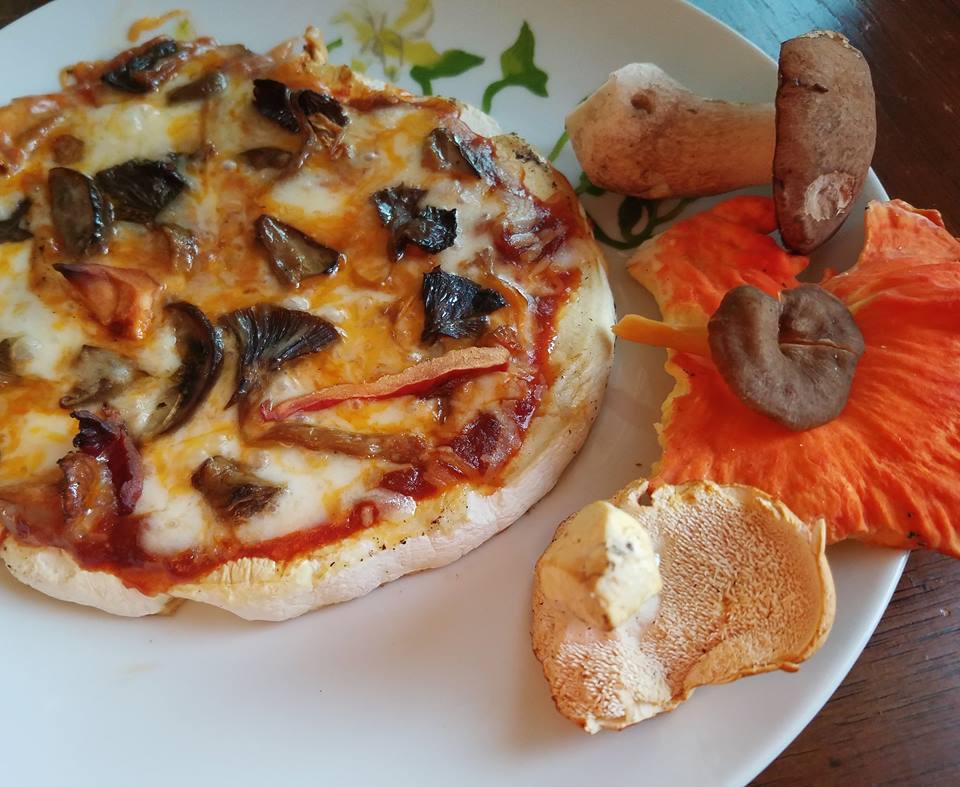
Our immune system is comprised of many biological structures, and is quite a wondrous thing. Give it the tools it needs, and it detects and protects us from potentially fatal invaders including bacteria, parasites, and viruses. As with anything else if you don’t put the right fuel in it’s not going to be able to perform at its best, so here I’ll discuss how to do that in a way that isn’t counterproductive.
With flu season upon us, “immune boosters” are all the buzz. No one wants to get sick! Nature provides medicine for every ailment – if you have even a bit of influence over whether you get sick or not or how quickly you recover from illness, why wouldn’t you want to take advantage?
However, there is such a thing as doing it wrong.
Let’s look at it as three different categories- immune stimulators, immune modulators, and immune essentials.
Immune stimulators:
Many people refer to these as “immune boosters,” but I much prefer to use the term “stimulators.” These are the warriors you keep in your medicine cabinet to launch an attack when you get an invader. They rev up your immune system for war- they can be used prophylactically after exposure, used to kick out a pathogen at the first sign of illness, or used to reduce the duration of an illness. They are not required for immune function, but they can be extremely effective at helping and most have the research to back that. (See a sampling of available studies below- 111 of them!)
However, you don’t always want to stimulate, or “boost” your immune system. These should only be taken on an as-needed basis, not daily. Think of it as sending soldiers out to war- fighting off the enemy is a really tough job. Imagine if you were to send those soldiers off every day to fight, whether they were needed or not. They’d get tired and burnt out after awhile, wouldn’t they? Generally immune stimulators want to be used for 3-4 days, or as directed for your particular ailment by your naturopathic practitioner or herbalist. Immune stimulators are not ideal for those with autoimmune disease or those on immune – suppressing drugs. The following are some of my favorites.
Examples of immune stimulators:
- Elderberry
- Echinacea
- Goldenseal
- Boneset
- Pokeweed
- Tinder conk mushroom
- Birch polypore mushroom
- Oyster mushrooms
- Star anise
- Andrographis
- Cats Claw
- Astragalus
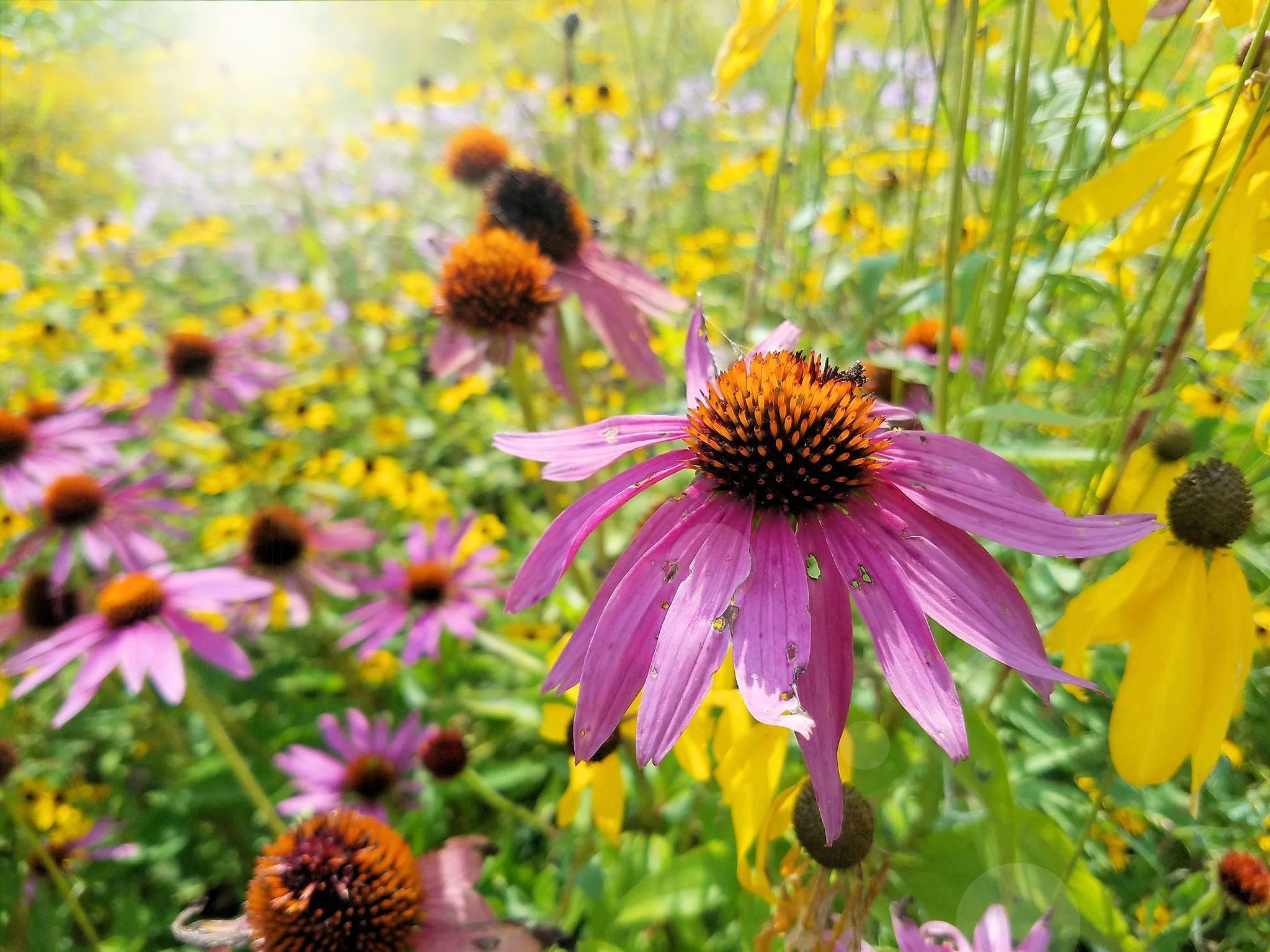
Wild echinacea purpurea near my house
Immune Modulators:
These are the immune regulators; it is their job to keep the immune system at a healthy baseline. Modulation means being strong enough for pathogens and foreign cells to be destroyed, but also not hyper-reacting to common foods, allergens, environmental organisms, or your own body cells. Take these daily as gentle therapeutics, use prophylactically after exposure, or to support your system in fighting off pathogens at the first sign of illness. Some modulators can also help to stimulate but due to regulating activities that are stronger than their stimulating activities, they are safe for autoimmune disorders. To determine whether a substance in question falls under the category of stimulator or modulator, I generally dissect the individual compounds and study their effect on the immune system. Even with a few modulating phytochemicals, if there is a strong presence of stimulators it will likely provoke the immune system. Alpha-amyrin and astragalin are examples of immune stimulants found in elderberry, for example, that contribute to its stimulating effects.
Examples of immune modulators:
When using medicinal mushrooms it’s very important to avoid the term ingredient “myceliated grain” or “myceliated rice,” as this means your product contains the root structure of the mushrooms grown on grain, instead of the actual mushrooms. It’s a cheaper and more easily mass-produced way of marketing mushrooms without having to go through the effort and expense of providing the actual fruiting bodies. They are not the same thing. If you’re ever in doubt with your mushroom product, buy from the hand that picks your mushrooms so that you know you’re getting the real thing.

Dried chaga chunks are used to make a delicious tea. Order my wild Wisconsin harvested chaga here and learn more about chaga at Eden Wild Food
Immune essentials:
Immune essentials are crucial nutrients that are required for functioning of the immune system. They are not optional. A balanced diet should provide most of what we need, however many times a supplement is helpful for filling nutritional gaps, especially if your diet is not ideal. In the presence of illness or as a prophylactic help, higher doses than the minimal amount to prevent deficiency can be helpful. For example, I like to take a gram of vitamin C every couple hours when I’m feeling under the weather. However, more is not always better for many vitamins and minerals- you want daily levels that allow the body and immune system to function at optimum levels, without overdosing. For example, overdosing on the vitamin D via supplementation can cause health issues such as a decrease in bone mass. Too much zinc (over 100 mg/day) can actually suppress your immune system. Consult your health practitioner for doses that are right for your body.
Examples of immune essentials:
- Vitamin C
- Zinc
- Vitamin A
- Vitamin D
- Selenium

Rose hips have 946% more vitamin C than oranges! Read more here.
So to sum up, these natural medicines can be a wonderful, effective way to stay healthy, but be sure to choose the methods that are right for you- rev up and/or regulate your immune system, and of course supply the vitamins and minerals that are the basic foundation of our bodily functions.
Warmly,
Megan Normansell (Kerkhoff), CHC, AADP, CFH
Certified Holistic Practitioner/Holistic Nutrition/Herbalist/Wild Edibles Guide
Follow me on Facebook and Instagram for more recipes and healthy living ideas!
Interested in healing your body naturally?
Get the answers you’ve been searching for, and heal your body for good… naturally. We have successfully helped thousands of people across the country live a healthier life than they ever could have imagined, and specialize in dozens of different health concerns. Curious? Schedule your complimentary consultation with me today! Read the incredible reviews we’ve received over the years here.
http://www.aayushealth.com – megan@aayushealth.com – 920-327-2221
References & Studies:
- Moradali MF, Mostafavi H, Ghods S, Hedjaroude GA. Immunomodulating and anticancer agents in the realm of macromycetes fungi (macrofungi). Int Immunopharmacol. 2007;7(6):701-724.
- Vanneman M, Dranoff G. Combining immunotherapy and targeted therapies in cancer treatment. Nat Rev Cancer. 2012;12(4):237-251.
- Atzori M, Garcia-Oscos F, Mendez JA. Role of IL-6 in the etiology of hyperexcitable neuropsychiatric conditions: experimental evidence and therapeutic implications. Future Medicinal Chem. 2012;4(17):2177-2192.
- Duivis HE, Vogelzangs N, Kupper N, de Jonge P, Penninx BW. Differential association of somatic and cognitive symptoms of depression and anxiety with inflammation: findings from the Netherlands Study of Depression and Anxiety (NESDA). Psychoneuroendocrinology. 2013;38(9):1573-1585.
- Graham JE, Robles TF, Kiecolt-Glaser JK, Malarkey WB, Bissell MG, Glaser R. Hostility and pain are related to inflammation in older adults. Brain Behav Immun. 2006;20(4):389-400.
- Hart BL. Biological basis of the behavior of sick animals. Neurosci Biobehav Rev. 1988;12(2):123-137.
- Loftis JM, Huckans M, Morasco BJ. Neuroimmune mechanisms of cytokineinduced depression: current theories and novel treatment strategies. Neurobiol Dis. 2010;37(3):519-533.
- Lotrich FE, Ferrell RE, Rabinovitz M, Pollock BG. Labile anger during interferon alfa treatment is associated with a polymorphism in tumor necrosis factor alpha. Clin Neuropharmacol. 2010;33(4):191-197.
- Patki G, Solanki N, Atrooz F, Allam F, Salim S. Depression, anxiety-like behavior and memory impairment are associated with increased oxidative stress and inflammation in a rat model of social stress. Brain Res. November 2013;1539:73-86.
- Suarez EC, Lewis JG, Kuhn C. The relation of aggression, hostility, and anger to lipopolysaccharide-stimulated tumor necrosis factor (TNF)-alpha by blood monocytes from normal men. Brain Behav Immun. 2002;16(6):675- 684.
- Herskind C, Bamberg M, Rodemann HP. The role of cytokines in the development of normal-tissue reactions after radiotherapy. Strahlenther Onkol. 1998;174(suppl 3):12-15.
- Seruga B, Zhang H, Bernstein LJ, Tannock IF. Cytokines and their relationship to the symptoms and outcome of cancer. Nat Rev Cancer. 2008;8(11):887-899.
- Schubert C, Hong S, Natarajan L, Mills PJ, Dimsdale JE. The association between fatigue and inflammatory marker levels in cancer patients: a quantitative review. Brain Behav Immun. 2007;21(4):413-427.
- Ohwada S, Ogawa T, Makita F, et al. Beneficial effects of protein-bound polysaccharide K plus tegafur/uracil in patients with stage II or III colorectal cancer: analysis of immunological parameters. Oncol Rep. 2006;15(4):861-868.
- Takimoto H, Kato H, Kaneko M, Kumazawa Y. Amelioration of skewed Th1/ Th2 balance in tumor-bearing and asthma-induced mice by oral administration of Agaricus blazei extracts. Immunopharmacol Immunotoxicol. 2008;30(4):747-760.
- Lin JG, Fan MJ, Tang NY, et al. An extract of Agaricus blazei Murill administered orally promotes immune responses in murine leukemia BALB/c mice in vivo. Integr Cancer Ther. 2012;11(1):29-36.
- Gao Y, Tang W, Gao H, et al. Antimicrobial activity of the medicinal mushroom Ganoderma. Food Rev Int. 2005;21(2):211-229.
- Gao Y, Zhou S, Jiang W, Huang M, Dai X. Effects of ganopoly (a Ganoderma lucidum polysaccharide extract) on the immune functions in advanced-stage cancer patients. Immunol Invest. 2003;32(3):201-215.
- Zhang S, Nie S, Huang D, Li W, Xie M. Immunomodulatory effect of Ganoderma atrum polysaccharide on CT26 tumor-bearing mice. Food Chem. 2013;136(3-4):1213-1219.
- Wang G, Zhao J, Liu J, Huang Y, Zhong JJ, Tang W. Enhancement of IL-2 and IFN-gamma expression and NK cells activity involved in the anti-tumor effect of ganoderic acid Me in vivo. Int Immunopharmacol. 2007;7(6):864- 870.
- Wang PY, Zhu XL, Lin ZB. Antitumor and immunomodulatory effects of polysaccharides from broken-spore of Ganoderma lucidum. Front Pharmacol. July 2012;3:135.
- Yue GG, Fung KP, Leung PC, Lau CB. Comparative studies on the immunomodulatory and antitumor activities of the different parts of fruiting body of Ganoderma lucidum and Ganoderma spores. Phytother Res. 2008;22(10):1282-1291.
- Guo L, Xie J, Ruan Y, Zhou L, Zhu H. Characterization and immunostimulatory activity of a polysaccharide from the spores of Ganoderma lucidum. Int Immunopharmacology. 2009;9(10):1175-1182. doi:10.1016/j. intimp.2009.06.005.
- Yuen JW, Gohel MD, Ng CF. The differential immunological activities of Ganoderma lucidum on human pre-cancerous uroepithelial cells. J Ethnopharmacol. 2011;135(3):711-718.
- Martínez-Montemayor MM, Acevedo RR, Otero-Franqui E, Cubano LA, Dharmawardhane SF. Ganoderma lucidum (Reishi) inhibits cancer cell growth and expression of key molecules in inflammatory breast cancer. Nutr Cancer. 2011;63(7):1085-1094.
- Deng G, Lin H, Seidman A, et al. A phase I/II trial of a polysaccharide extract from Grifola frondosa (Maitake mushroom) in breast cancer patients: immunological effects. J Cancer Res Clin Oncol. 2009;135(9):1215-1221.
- Kodama N, Harada N, Nanba H. A polysaccharide, extract from Grifola frondosa, induces Th-1 dominant responses in carcinoma-bearing BALB/c mice. Jpn J Pharmacol. 2002;90(4):357-360.
- Masuda Y, Inoue M, Miyata A, Mizuno S, Nanba H. Maitake β-glucan enhances therapeutic effect and reduces myelosupression and nephrotoxicity of cisplatin in mice. Int Immunopharmacol. 2009;9(5):620-626.
- Masuda Y, Murata Y, Hayashi M, Nanba H. Inhibitory effect of MD-Fraction on tumor metastasis: involvement of NK cell activation and suppression of intercellular adhesion molecule (ICAM)-1 expression in lung vascular endothelial cells. Biol Pharm Bull. 2008;31(6):1104-1108.
- Kodama N, Komuta K, Sakai N, Nanba H. Effects of D-Fraction, a polysaccharide from Grifola frondosa on tumor growth involve activation of NK cells. Biol Pharm Bull. 2002;25(12):1647-1650.
- Inoue A, Kodama N, Nanba H. Effect of maitake (Grifola frondosa) D-fraction on the control of the T lymph node Th-1/Th-2 proportion. Biol Pharm Bull. 2002;25(4):536-540.
- Kodama N, Mizuno S, Nanba H, Saito N. Potential antitumor activity of a low-molecular-weight protein fraction from Grifola frondosa through enhancement of cytokine production. J Med Food. 2010;13(1):20-30.
- Harada N, Kodama N, Nanba H. Relationship between dendritic cells and the D-fraction-induced Th-1 dominant response in BALB/c tumor-bearing mice. Cancer Lett. 2003;192(2):181-187.
- Svagelj M, Berovic M, Boh B, Menard A, Simcic S, Wraber B. Solid-state cultivation of Grifola frondosa (Dicks: Fr) S.F. Gray biomass and immunostimulatory effects of fungal intra- and extracellular beta-polysaccharides. N Biotechnol. 2008;25(2-3):150-156.
- Kawanishi T, Ikeda-Dantsuji Y, Nagayama A. Effects of two basidiomycete species on interleukin 1 and interleukin 2 production by macrophage and T cell lines. Immunobiology. 2010;215(7):516-520.
- Lu H, Yang Y, Gad E, et al. Polysaccharide krestin is a novel TLR2 agonist that mediates inhibition of tumor growth via stimulation of CD8 T cells and NK cells. Clin Cancer Res. 2011;17(1):67-76.
- Lu H, Yang Y, Gad E, et al. TLR2 agonist PSK activates human NK cells and enhances the antitumor effect of HER2-targeted monoclonal antibody therapy. Clin Cancer Res. 2011;17(21):6742-6753.
- Ishii PL, Prado CK, Mauro Mde O, et al. Evaluation of Agaricus blazei in vivo for antigenotoxic, anticarcinogenic, phagocytic and immunomodulatory activities. Regul Toxicol Pharmacol. 2011;59(3):412-422.
- Chang YH, Yang JS, Yang JL, et al. Ganoderma lucidum extracts inhibited leukemia WEHI-3 cells in BALB/c mice and promoted an immune response in vivo. Biosci Biotechnol Biochem. 2009;73(12):2589-2594. This article is protected by copyright. To share or copy this article, please visit copyright.com. Use ISSN#1945-7081. To subscribe, visit imjournal.com
- Chen WY, Yang WB, Wong CH, Shih DT. Effect of Reishi polysaccharides on human stem/progenitor cells. Bioorg Med Chem. 2010;18(24):8583-8591.
- Weng CJ, Chau CF, Hsieh YS, Yang SF, Yen GC. Lucidenic acid inhibits PMAinduced invasion of human hepatoma cells through inactivating MAPK/ERK signal transduction pathway and reducing binding activities of NF-kappaB and AP-1. Carcinogenesis. 2008;29(1):147-156.
- Jiang J, Slivova V, Harvey K, Valachovicova T, Sliva D. Ganoderma lucidum suppresses growth of breast cancer cells through the inhibition of Akt/ NF-kappaB signaling. Nutr Cancer. 2004;49(2):209-216.
- Stanley G, Harvey K, Slivova V, Jiang J, Sliva D. Ganoderma lucidum suppresses angiogenesis through the inhibition of secretion of VEGF and TGFbeta1 from prostate cancer cells. Biochem Biophys Res Commun. 2005;330(1):46-52.
- Jiang J, Grieb B, Thyagarajan A, Sliva D. Ganoderic acids suppress growth and invasive behavior of breast cancer cells by modulating AP-1 and NF-kappaB signaling. Int J Mol Med. 2008;21(5):577-584.
- Masuda Y, Inoue H, Ohta H, Miyake A, Konishi M, Nanba H. Oral administration of soluble β-glucans extracted from Grifola frondosa induces systemic antitumor immune response and decreases immunosuppression in tumorbearing mice. Int J Cancer. 2013;133(1):108-119.
- Lee EJ, Kim WJ, Moon SK. Cordycepin suppresses TNF-alpha-induced invasion, migration and matrix metalloproteinase-9 expression in human bladder cancer cells. Phytother Res. 2010;24(12):1755-1761.
- Torkelson CJ, Sweet E, Martzen MR, et al. Phase 1 clinical trial of Trametes versicolor in women with breast cancer. ISRN Oncol. 2012;2012:251632.
- Lee JS, Hong EK. Agaricus blazei Murill enhances doxorubicin-induced apoptosis in human hepatocellular carcinoma cells by NFκB-mediated increase of intracellular doxorubicin accumulation. Int J Oncol. 2011;38(2):401-408.
- Wu B, Cui J, Zhang C, Li Z. A polysaccharide from Agaricus blazei inhibits proliferation and promotes apoptosis of osteosarcoma cells. Int J Biol Macromol. 2012;50(4):1116-1120.
- Chen NH, Liu JW, Zhong JJ. Ganoderic acid T inhibits tumor invasion in vitro and in vivo through inhibition of MMP expression. Pharmacol Rep. 2010;62(1):150-163.
- Joseph S, Sabulal B, George V, Antony KR, Janardhanan KK. Antitumor and anti-inflammatory activities of polysaccharides isolated from Ganoderma lucidum. Acta Pharm. 2011;61(3):335-342.
- Pyo P, Louie B, Rajamahanty S, Choudhury M, Konno S. Possible immunotherapeutic potentiation with D-fraction in prostate cancer cells. J Hematol Oncol. December 2008;1:25.
- Ohno S, Sumiyoshi Y, Hashine K, Shirato A, Kyo S, Inoue M. Phase I clinical study of the dietary supplement, Agaricus blazei Murill, in cancer patients in remission. Evid Based Complement Alternat Med. 2011;2011:192381.
- Caggiano V, Weiss RV, Rickert TS, Linde-Zwirble WT. Incidence, cost, and mortality of neutropenia hospitalization associated with chemotherapy. Cancer. 2005;103(9):1916-1924.
- Lyman GH, Michels SL, Reynolds MW, Barron R, Tomic KS, Yu J. Risk of mortality in patients with cancer who experience febrile neutropenia. Cancer. 2010;116(23):5555-5563.
- Zhu XL, Chen AF, Lin ZB. Ganoderma lucidum polysaccharides enhance the function of immunological effector cells in immunosuppressed mice. J Ethnopharmacol. 2007;111(2):219-226.
- Yao X, Li G, Xu H, Lü C. Inhibition of the JAK-STAT3 signaling pathway by ganoderic acid A enhances chemosensitivity of HepG2 cells to cisplatin. Planta Med. 2012;78(16):1740-1748.
- Kinoshita J, Fushida S, Harada S, et al. Local angiotensin II-generation in human gastric cancer: correlation with tumor progression through the activation of ERK1/2, NF-kappaB and survivin. Int J Oncol. 2009;34(6):1573- 1582.
- Wenner CA, Martzen MR, Lu H, Verneris MR, Wang H, Slaton JW. Polysaccharide-K augments docetaxel-induced tumor suppression and antitumor immune response in an immunocompetent murine model of human prostate cancer. Int J Oncol. 2012;40(4):905-913.
- Ji NF, Yao LS, Li Y, He W, Yi KS, Huang M. Polysaccharide of Cordyceps sinensis enhances cisplatin cytotoxicity in non-small cell lung cancer H157 cell line. Integr Cancer Ther. 2011;10(4):359-367.
- Pillai TG, Uma Devi P. Mushroom beta glucan: potential candidate for post irradiation protection. Mutat Res. 2013;751(2):109-115.
- Patel S, Goyal A. Recent developments in mushrooms as anti-cancer therapeutics: a review. 3 Biotech. 2012;2(1):1-15.
- Eliza WL, Fai CK, Chung LP. Efficacy of Yun Zhi (Coriolus versicolor) on survival in cancer patients: systematic review and meta-analysis. Recent Pat Inflamm Allergy Drug Discov. 2012;6(1):78-87.
- Niwa Y, Matsuura H, Murakami M, Sato J, Hirai K, Sumi H. Evidence that naturopathic therapy including Cordyceps sinensis prolongs survival of patients with hepatocellular carcinoma. Integr Cancer Ther. 2013;12(1):50-68.
- Immune Modulation From Five Major Mushrooms: Application to Integrative Oncology Alena G. Guggenheim, ND; Kirsten M. Wright, BS; Heather L. Zwickey, PhD
- Medicinal Mushrooms: A Clinical Guide by Martin Powell
- Mushrooms for Health by Greg Marley
- Mycelium Running by Paul Stamets
- Gray AM, Abdel-Wahab YH, Flatt PR. The traditional plant treatment, Sambucus nigra(elder), exhibits insulin-like and insulin-releasing actions in vitro. J Nutr. 2000;130(1):15-20.
- Kong F. Pilot clinical study on a proprietary elderberry extract: efficacy in addressing influenza symptoms. Online Journal of Pharmacology and Pharmacokinetics. 2009;5:32-43.
- Mikulic-Petkovsek M, Slatnar A, Stampar F, Veberic R. HPLC-MSn identification and quantification of flavanol glycosides in 28 wild and cultivated berry species. Food Chem. 2012;135(4):2138-46.
Rakel: Integrative Medicine. 3rd ed. Philadelphia, PA: Elsevier Saunders; 2012.
- Roschek B, Fink RC, McMichael MD, et al. Elderberry flavonoids bind to and prevent H1N1 infection in vitro. Phytochemistry. 2009;70:1255-61.
- Roxas M, Jurenka J. Colds and influenza: a review of diagnosis and conventional, botanical, and nutritional considerations. Altern Med Rev. 2007 Mar;12(1):25-48. Review.
- Swaminathan K, Dyason JC, Maggioni A, von Itzstein M, Downard KM. Binding of a natural anthocyanin inhibitor to influenza neuraminidase by mass spectrometry. Anal Bioanal Chem. 2013;405(20):6563-72.
- Ulbricht C, Basch E, Cheung L, et al. An evidence-based systematic review of elderberry and elderflower(Sambucus nigra) by the Natural Standard Research Collaboration. J Diet Suppl. 2014;11(1):80-120.
- Uncini Manganelli RE, Zaccaro L, Tomei PE. Antiviral activity in vitro of Urtica dioica L., Parietaria diffusa M. et K. and Sambucus nigra L. J Ethnopharmacol. 2005 Apr 26;98(3):323-7.
- Vlachojannis JE, Cameron M, Chrubasik S. A systematic review on the sambuci fructuseffect and efficacy profiles. Phytother Res. 2010 Jan;24(1):1-8. Review.
- Vlachojannis C, Zimmermann BF, Chrubasik-Hausmann S. Quantification of anthocyanins in elderberry and chokeberry dietary supplements. Phytother Res. 2015;29(4):561-5.
- Wright CI, Van-Buren L, Kroner CI, Koning MM. Herbal medicines as diuretics: A review of the scientific evidence. J Ethnopharmacol. 2007 Oct 8;114(1):1-31.
- Zakay-Rones Z, Thom E, Wollan T, Wadstein J. Randomized study of the efficacy and safety of oral elderberry extract in the treatment of influenza A and B virus infections. J Int Med Res. 2004;32:132-40.
- Beach, B.W. (1851). The American Practice, Condensed:Or, the Family Physician. New York, NY: James M‟Alister.
- British Herbal Medicine Association (1983), British herbal pharmacopoeia. Bournemouth U.K.: B.H.M.A. Brinker, Francis. 2009. “Boneset in Dyspesia and Febrile Infections.” Journal of the American Herbalist Guild 9, 1-13.
- Felter, H.W. (1922). The Eclectic Materia Medica, Pharmacology and Therapeutics. Cincinnati: John. K. Scudder. Gardner, M., & Aylworth, B. (1836).
- The Domestic Physician and Family Assistant. Cooperstown, NY: H & E Phinney.
- Habtemariam, S., & Macpherson, A. M. (2000). Cytotoxicity and antibacterial activity of ethanol extract from leaves of a herbal drug, boneset (Eupatorium perfoliatum). Phytotherapy Research, 14(7), 575-577.
- Hall, T B, Jr. 1974. “Eupatorium perfoliatum. A plant with a history.” Missouri Medicine 71 (9), 527-528.
- Harper-Shove, F. 1952. Prescriber and clinical repertory of medicinal herbs. Bradford UK: Health Science Press. Herz, W, P S Kalyanaraman, and G Ramakrishnan. 1977. “Sesquiterpene lactones of Eupatorium perfoliatum.” The Journal of Organic Chemistry 42 (13), 2264-2271.
- Maas, M., & Hensel, A. (2008). “Eupatorium perfoliatum L.” Zeitschrift für Phytotherapie 29 (05) (November): 249-254. doi:10.1055/s-0028-1102730.
- Maas, M., Petereit, F., & Hensel, A. (2009). Caffeic acid derivatives from Eupatorium perfoliatum L. Molecules 14, (1), 36-45.
- Maas, M., Hensel, A., da Costa, F.B., Brun, R., Kaiser, M., & Schmidt, T.J. (2011). “An unusual dimeric guaianolide with antiprotozoal activity and further sesquiterpene lactones from Eupatorium perfoliatum.” Phytochemistry 72: 635-644.
- Priest, A.W., & Priest, L.R. (1982). Herbal medication: A clinical and dispensary handbook. London, UK: L.M. Fowler & Co
- Robinson, G., Agurkis, G. & Scerbo, A. (2007) Medical attributes of Eupatorium perfoliatum – Boneset. (Student paper). Wilkes-Barre, PA: Wilkes University.
- Scudder, J.M. (1898). The American Eclectic Materia Medica and Therapeutics (12th Ed.). Cincinnati, OH: The Scudder Brothers Company, Publishers.
- Schmidt, T. J., Nour, A.M.M., Khalid, S.A., Kaiser, M., and Brun,R .(2009). Quantitative Structure – Antiprotozoal Activity Relationships of Sesquiterpene Lactones. Molecules, 14 (6):2062-2076Skenderi, G. (2003). Herbal Vade Mecum. Rutherford, NJ: Herbacy Press.
- Stille, A. (1874). Therapeutics and material medica (4th ed.). Philadelphia: Henry C. Lea. United States Pharmacopeial Convention (USPC), (1820 through 1900). The Pharmacopoeia of the United States of America. Philadelphia, PA: J.B. Lippincott Company.
- Vollmar, A., Schafer, W., & Wagner, H.( 1986). Immunologically active polysaccharides of eupatorium cannabinum and eupatorium perfoliatum. Phytochemistry 25 (2):377-381.
- Wagner, H.Proksch, A., Vollmar, A. ,Kreutzkamp B., & Bauer, J. (1985). In vitro phagocytosis stimulation by isolated plant materials in a chemoluminescencephagocytosis model. Planta Medica 2: 139-144
- Hao Y, Qiu QY, Wu J. Effect of Astragalus polysaccharides in promoting neutrophil-vascular endothelial cell adhesion and expression of related adhesive molecules. Zhongguo Zhong Xi Yi Jie He Za Zhi. 2004;24(5):427-430.
- Shao BM, Xu W, Dai H, et al. A study on the immune receptors for polysaccharides from the roots of Astragalus membranaceus, a Chinese medicinal herb. Biochem Biophys Res Commun. 2004;320(4):1103-1111.
- Shi FS, Yang ZG, Di GP. [Effect of Astragalus saponin on vascular endothelial cell and its function in burn patients]. Zhongguo Zhong Xi Yi Jie He Za Zhi. 2001;21(10):750-751.
- Burger RA,Torres AR,Warren RP, et al.: Echinacea-induced cytokine production by human macrophages. Int J Immunopharmacol 1997;19:371-9.
- Frank LG. The efficacy of Echinacea compound herbal tea preparation on the severity and duration of upper respiratory and flu symptoms: a randomized, double blind, placebo-controlled study. J Comp Alt Med. 2000;6(4):327-334.
- Goel V, Lovlin R, Barton R, et al. Efficacy of a standardized echinacea preparation (Echinilin) for the treatment of the common cold: a randomized, double-blind, placebo-controlled trial. J Clin Pharm Ther. 2004;29(1):75-83.
- Rininger JA, Kickner S, Chigurupati P, et al.: Immunopharmacological activity of Echinacea preparations following simulated digestion on murine macrophages and human peripheral blood mononuclear cells. Leukoc Biol 2000;68:503-10.
- Shah SA, Sander S, White CM, Rinaldi M, Coleman CI. Evaluation of echinacea for the prevention and treatment of the common cold: a meta-analysis. Lancet Infect Dis. 2007;7(7):473-80.
- Yamada K, Hung P, Park TK, Park PJ, Lim BO. A comparison of the immunostimulatory effects of the medicinal herbs Echinacea, Ashwagandha and Brahmi. J Ethnopharmacol. 2011;137(1):231-5.
107. Antimicrobial properties of star anise (Illicium verum Hook f).
108. Immune Modulation From Five Major Mushrooms: Application to Integrative Oncology Alena G. Guggenheim, ND; Kirsten M. Wright, BS; Heather L. Zwickey, PhD
109. Medicinal Mushrooms: A Clinical Guide by Martin Powell
110. Mushrooms for Health by Greg Marley
111. Mycelium Running by Paul Stamets
Copyright Megan Normansell 2018 All rights reserved.
